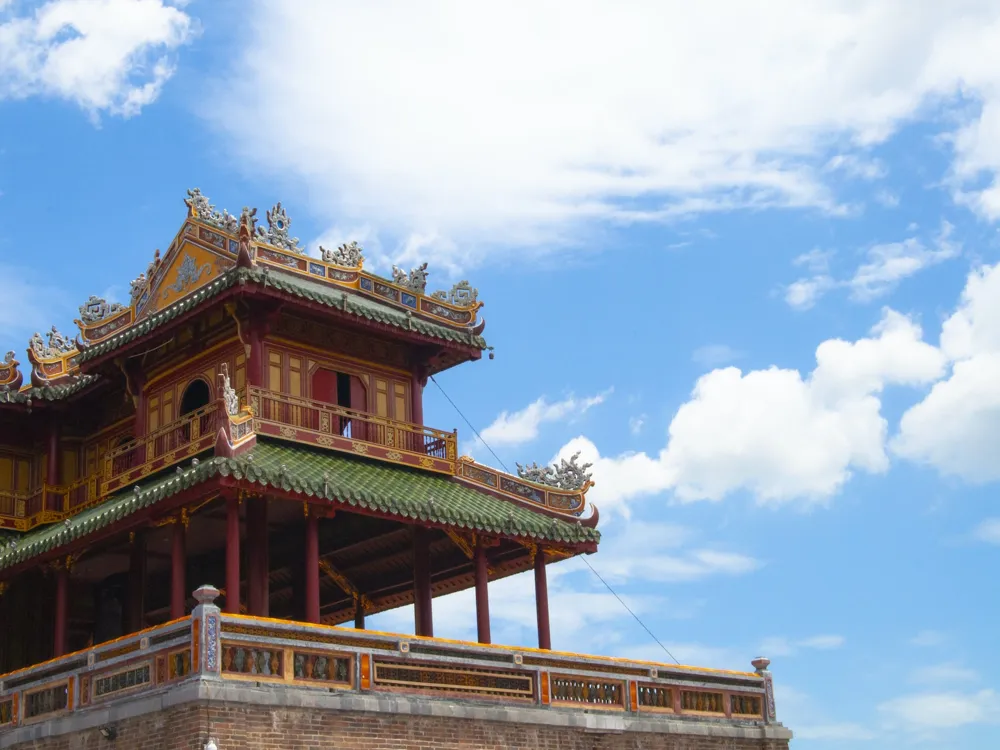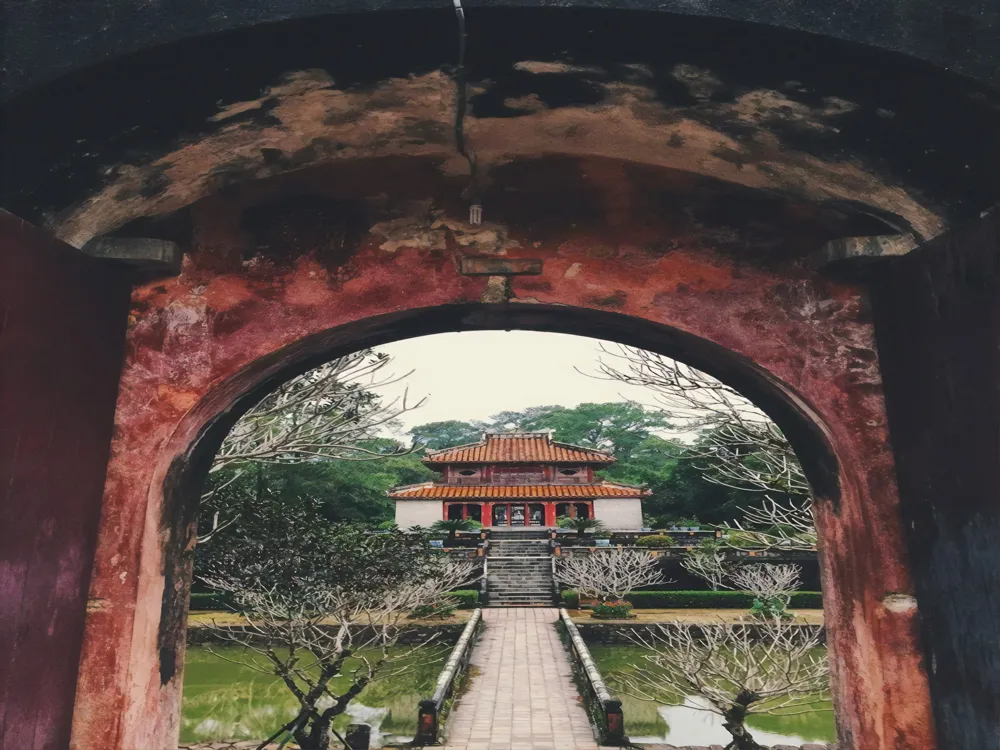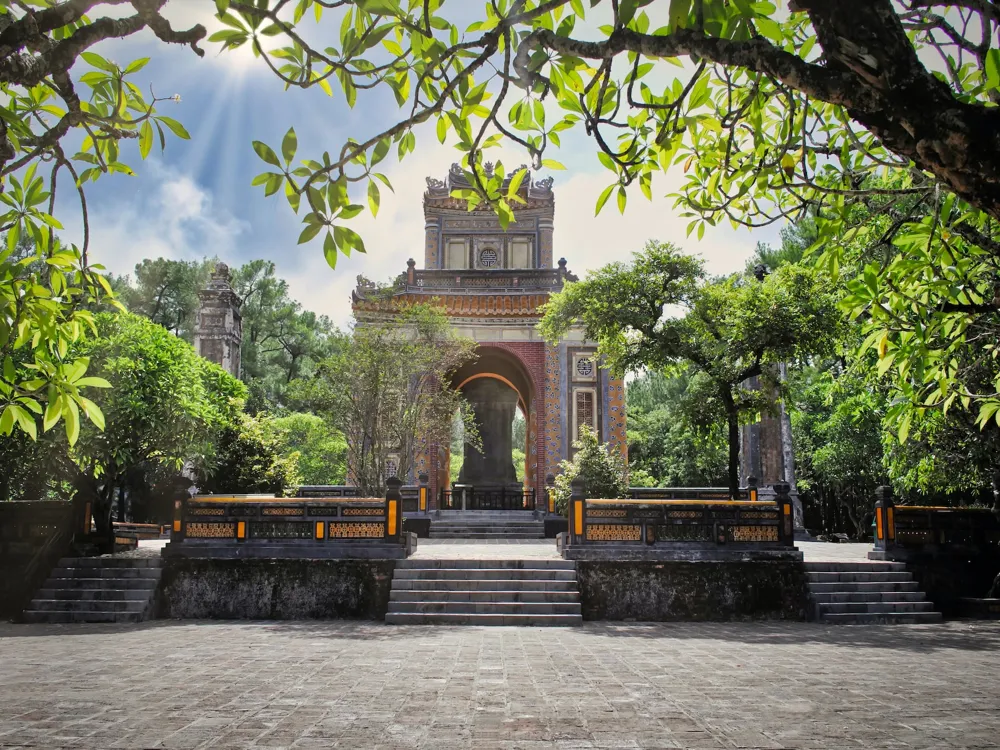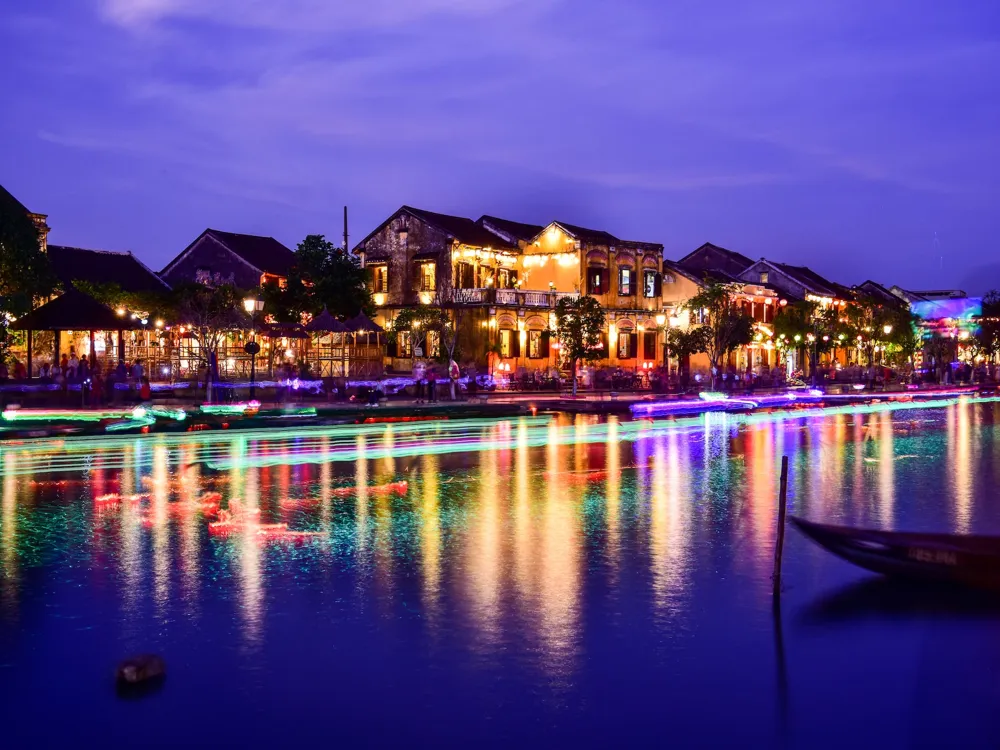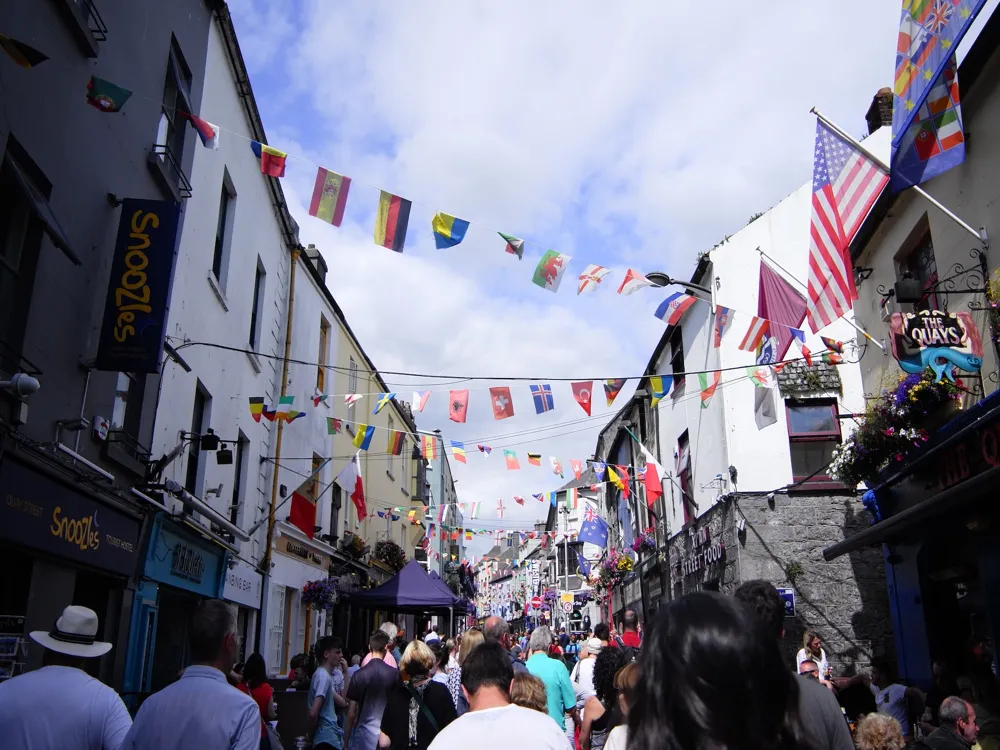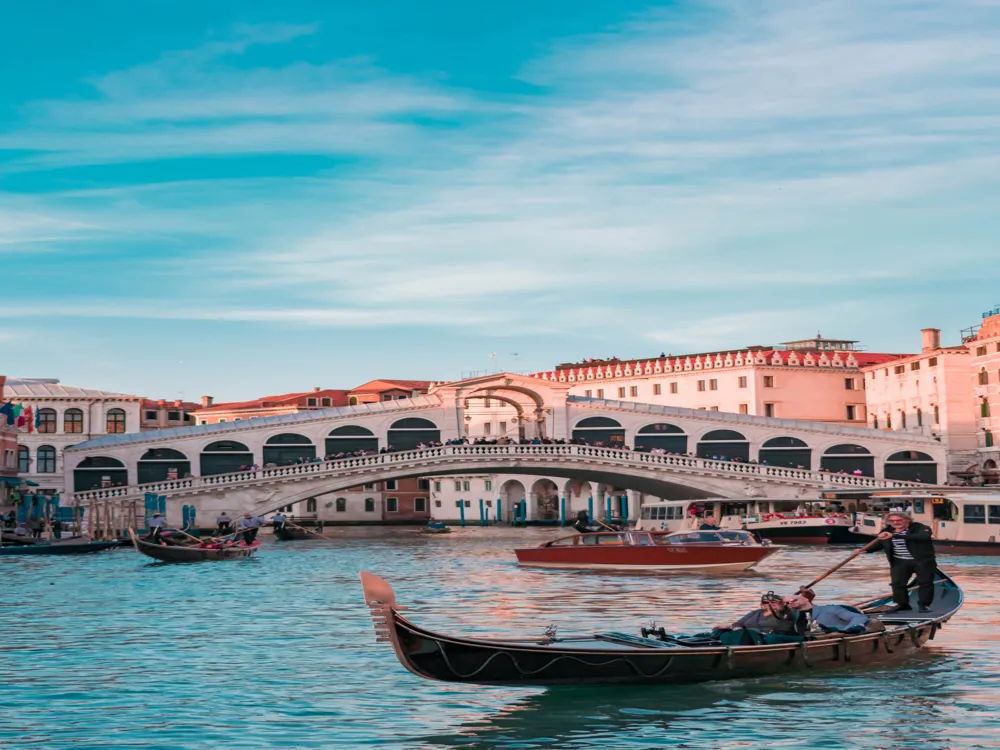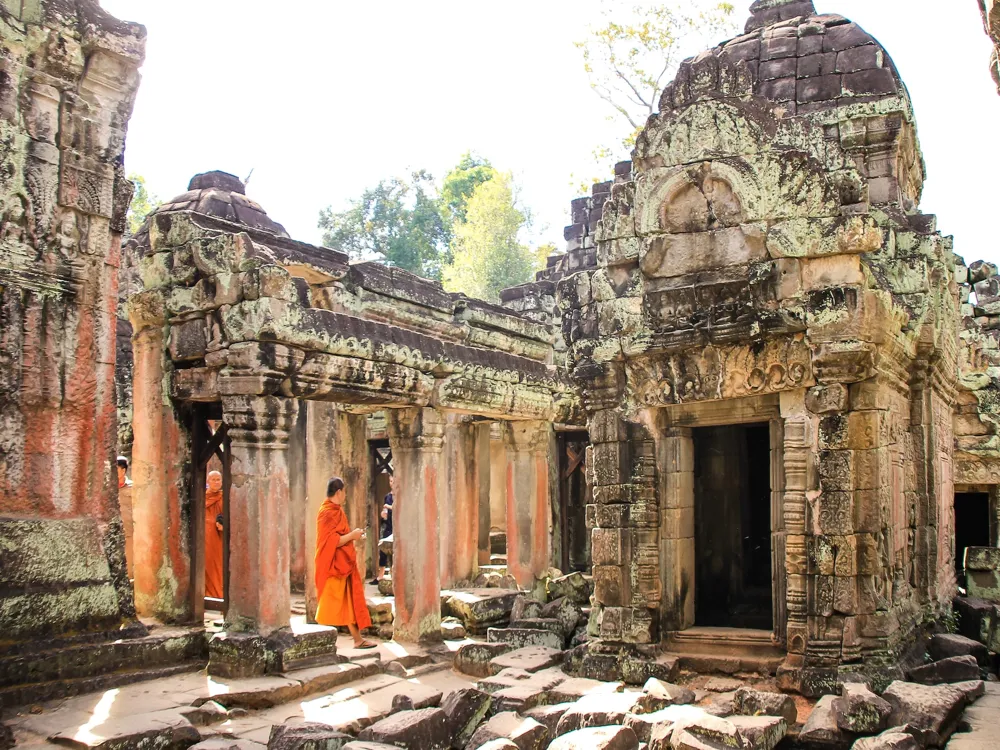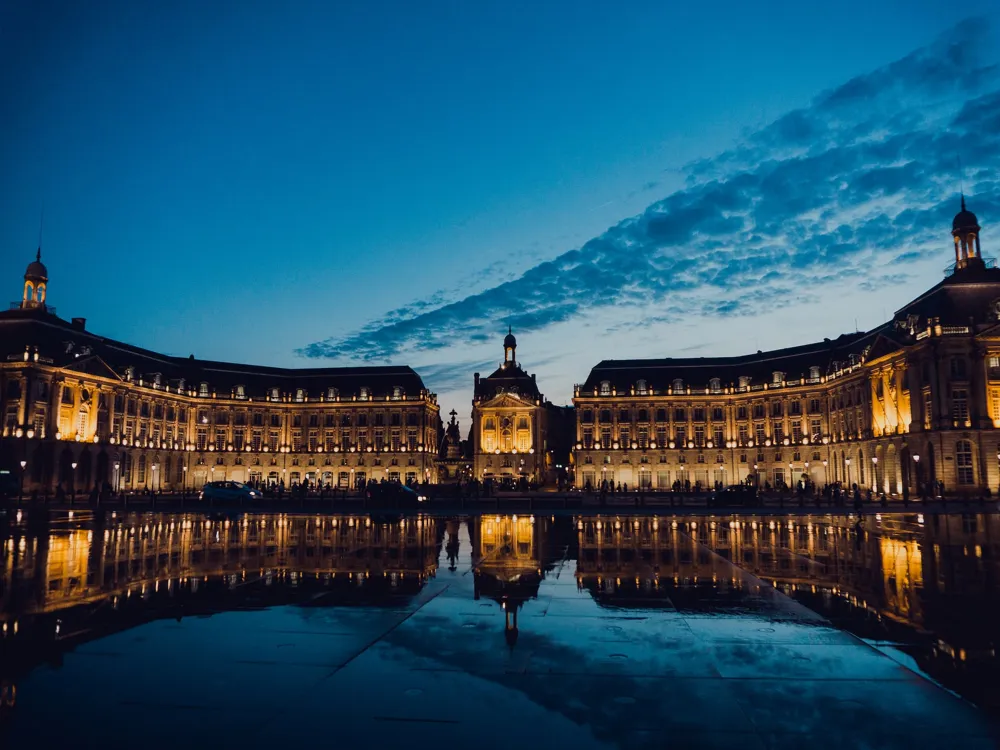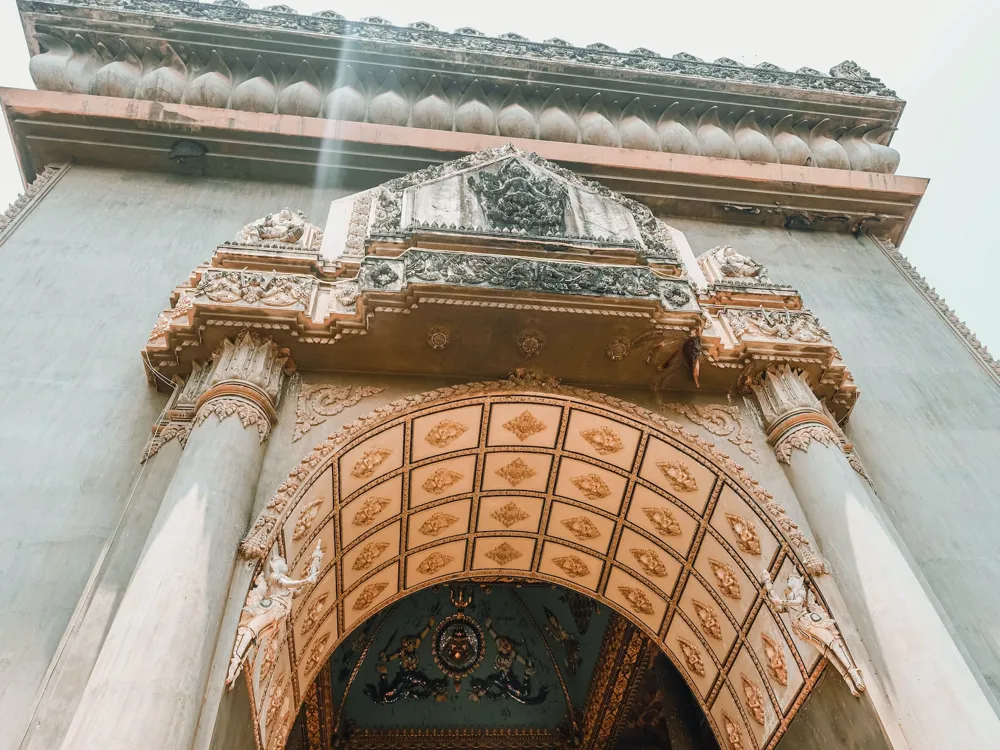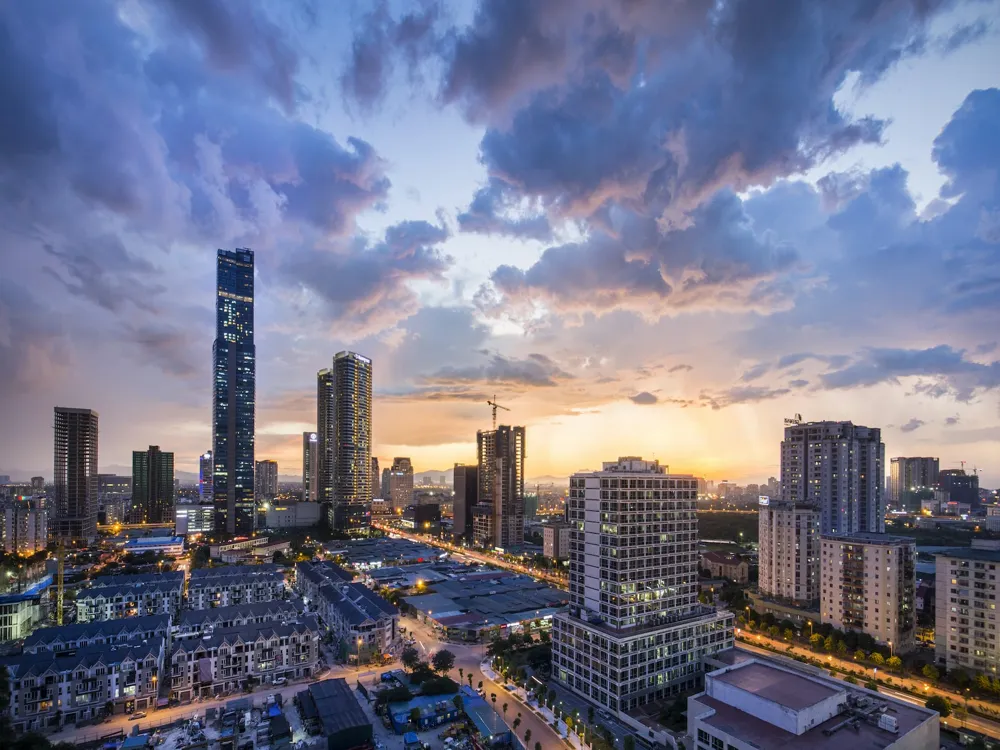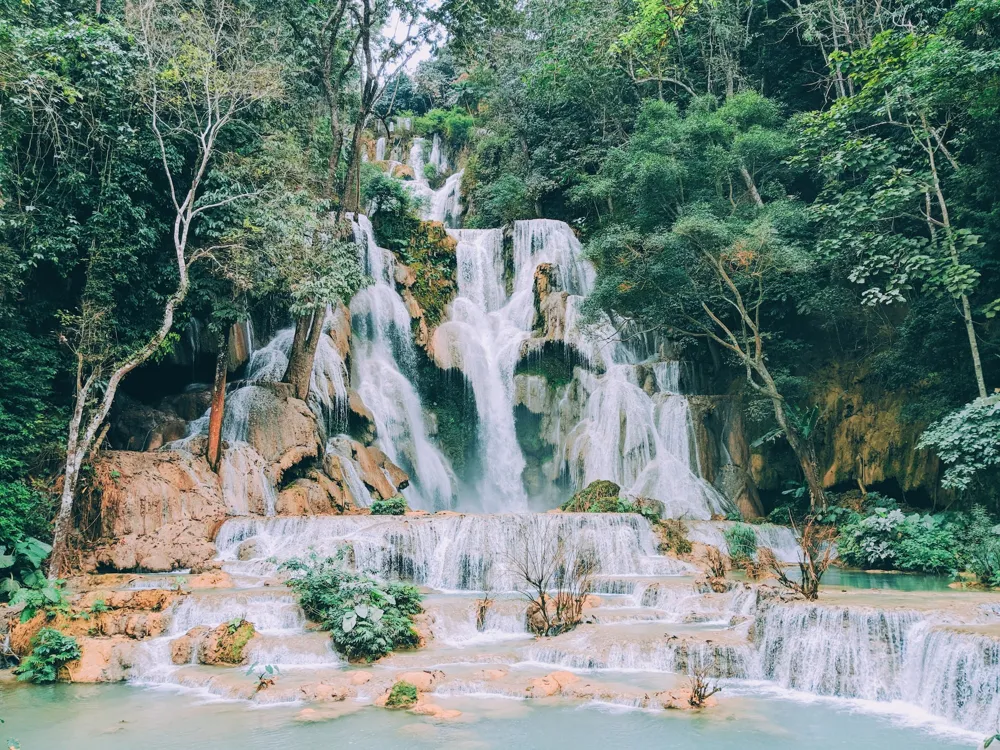Plan Your Travel To Hue
Places To Visit In Hue
Dong Ha
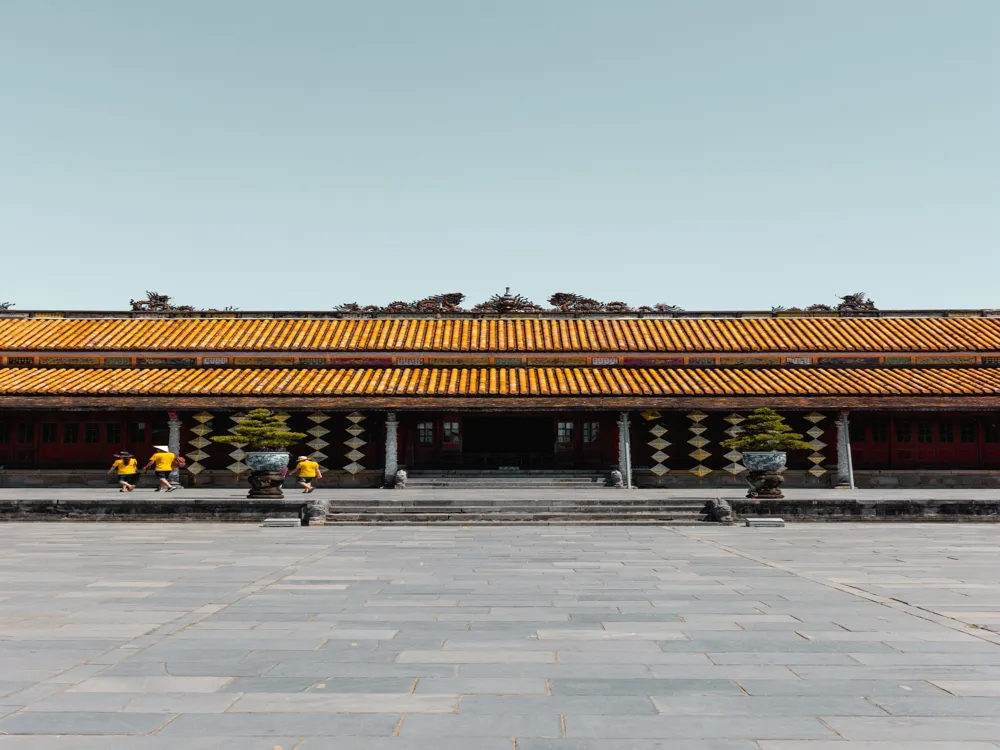
The Demilitarized Zone (DMZ) holds enormous historical significance and is a must-see for enthusiasts of the Vietnam War. Dong Ha, the capital of the Quang Tri province and the closest city to DMZ, naturally attracts many tourists. Apart from the proximity to DMZ, Dong Ha has its own share of history and quint relaxing restaurants and cafes - a tourist’s paradise.
The DMZ consists of two major sections - the northern corridor that leads up to the Vinh Moc Tunnels and the Ben Hai River and the east-west corridor that takes you to the Ho Chi Minh trail. The Ben Hai River was a temporary dividing line between the north and the south parts of Vietnam, with a 5km demilitarised zone on either side. Northeast from the river is the Vinh Moe Tunnels, which were used as bomb shelters by civilians during bomb raids. The east-west corridor consists of Route 9, the defensive line of the US Marines. If you move north, you will get to see the Con Thein Firebase, the most important US Marine base, located 3km from the DMZ.
The Truong Son National Cemetery in Dong Ha is Vietnam's Largest Cemetery (Source)
Further from Con Thein is Truong Son National Cemetery. The largest cemetery in Vietnam, Truong Son houses close to 10,300 bodies of Northern Soldiers and civilians who died during the war. You can also visit the Rockpile ? a 240m high karst rock which served as a US Marines observation point. Dong Ha also plays house to the Mine Action Visitor Center which does an excellent job of elaborating on the region's issue with unexploded bombs left behind from war.
History of the DMZ
The Ben Hai River was the seperating line for the DMZ after Vietnam split into North and South (Source)
After the Geneva conference in 1954, the French and the Viet Minh came to an agreement and they separated the two parts of Vietnam. The Ben Hai River was the separating line and an area of 5 km on either side was a Demilitarized zone (DMZ). Five years after its establishment, Northern Vietnamese broke the peace by creating the Ho Chi Minh trail. In 1966, the violence in the DMZ began to escalate. The South backed by the US Marines collided with the North. The South had the advantage of numbers but the north had the intricate network of underground tunnels.
Dong Ha was a major Military Zone during the Vietnam War (Source)
During the war, The American troops built a barbed fence, and called it the McNamara Line, along the river to keep out the northern army. However, it proved to be futile. After a long bloody war with a number of different explosions rocking the country, the US forces withdrew in 1972. One month later, the Northerners made progress and the border was pushed by 20 km and around three months later, the south was completely defeated.
The Vinh Moc Tunnels
Vinh Moc Tunnels in Dong Ha were used to shelter villagers during the Vietnam War (Source)
The Vinh Moc Tunnels in Dong Ha were used for villagers to live in during the Vietnam War, especially between 1968 and 1972. It was a network of some two miles of tunnels and the heavy clay in the region made it possible to dig deep - to levels where the carpet bombings by the US forces could not affect daily life. The tunnels were not purely for civilian purposes, however and were also used to transport weapons and other equipment, brought in from Con Co Island, a North Vietnamese base off the coast near Vinh Moc in the South China Sea. Village life went on in the tunnels normally - with only a few brave hearts venturing out for food, as the US troops shot at anything that moved in the region.
DMZ Tours from Dong Ha
There are a number of DMZ tours that can be availed at Tam's Café in Dong Ha. These tours cover various attractions and range from VND 800,000 - VND 900,000 per person. Tours maybe overpriced but there is lack of alternate options due to lack of awareness.
Dong Ha Hotels
Saigon Dong Ha Hotel, one of the best places to stay in Dong Ha (Source)
Dong Ha is a pretty small town and there are not a lot of fancy hotels to stay at. However there are a few decent options for a well-seasoned traveller to bunk up for a day or two. Sai Gon Dong Ha Hotel (VND 773,000 per night) and Muong Thanh Grand Quang Tri Hotel (VND 783,500 per night) are the best places to stay. Apart from these options, you can also choose lesser known ones such as Phung Hoang Hotel (VND 450,000 per night) and Golden Hotel (VND 500,000 per night).
How to Reach Dong Ha
Hue to Dong Ha: Hue is just 70 km south of Dong Ha and is well-connected to Dong Ha by road and rail. There are frequent local buses to Hue. Buses depart every 15 minutes starting at 06:25, departs every 30 minutes from 12:00 PM - 6:00 PM. It costs VND 38,000 - VND 44,000 and takes 1.5 hrs. You can also book a private coach in any bus at Tam's café or Sepon Travel. These coach buses stop and pick up passengers only on request.Danang to Dong Ha: Danang is also quite well connected to Dong Ha. It is 170 km south of Dong Ha and is extremely well connected by road and rail. Danang also has an international airport. Dong Ha has buses that depart to Danang every 25 minutes from 6:10 AM - 5:00 PM. A ticket costs around VND 72,000 - VND 88,000 and the journey takes about 5 hrs. Dong Ha is four hours away from Danang by rail. Both Northbound and Southbound trains stop at Danang and Dong Ha. Some of the northbound routes include - SE8, SE6, TN2, SE4, SE20 and some of the southbound routes include - TN1, SE1, SE3, SE7.
Tips for Visiting Dong Ha
Carry a flashlight to explore the Vinh Moc Tunnels of Dong Ha (Source)
Read about the Vietnamese War before you visit DMZ so that you experience the complete charm of the area, carry a torchlight, a hat, sunscreen, a water bottle and plenty of loose money.
Dong Ha is a Good Place to Explore the History and Effects of War in Vietnam (Source)
Visit Dong Ha to get a glimpse into the catastrophic effects of the Vietnamese war and the persistence of the Vietnamese people. Explore the DMZ and understand its massive historical significance in the Vietnam War, as it was the border between North and South Vietnam.
Read More
Ho Quyen Tiger Arena
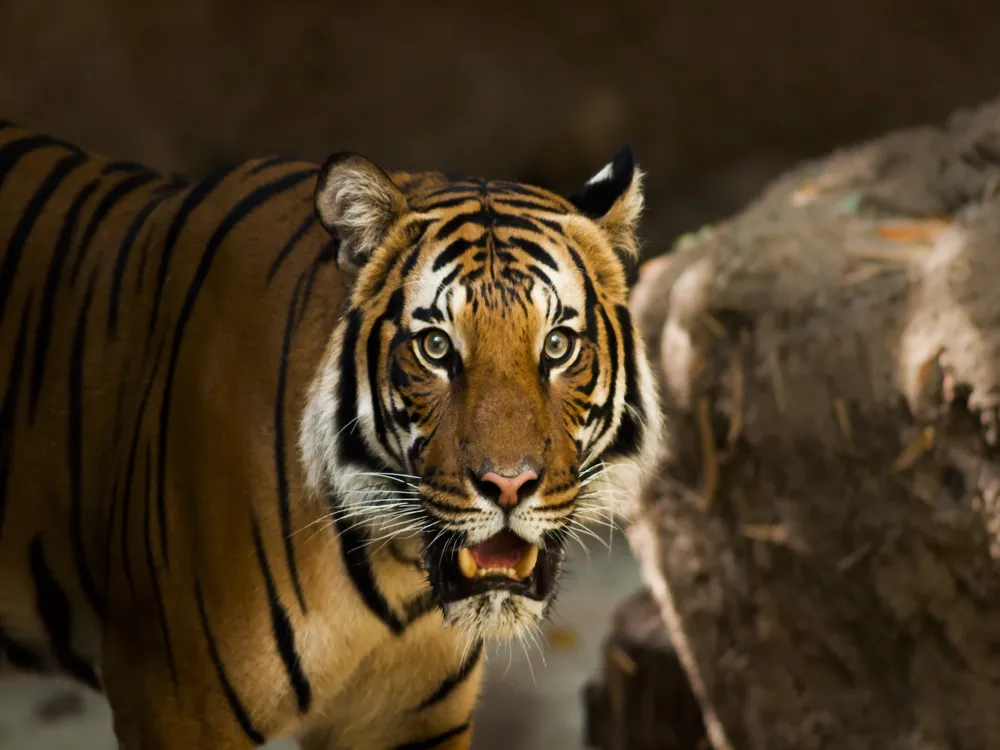
Flaunting well-preserved ruins, Ho Quyen is an ancient fighting arena that hosts battles between tigers and elephants. Built in 1830, the stone walls retain tiger teeth and claw marks even today, though Ho Quyen has remained closed since 1904.
In old Vietnam, tigers were feared beasts, while elephants were deemed noble. In these rigged fights, elephants with the upper hand fought gladiator style for the Minh Mang royal family and high-ranking spectators.
Read More
Hue Imperial City
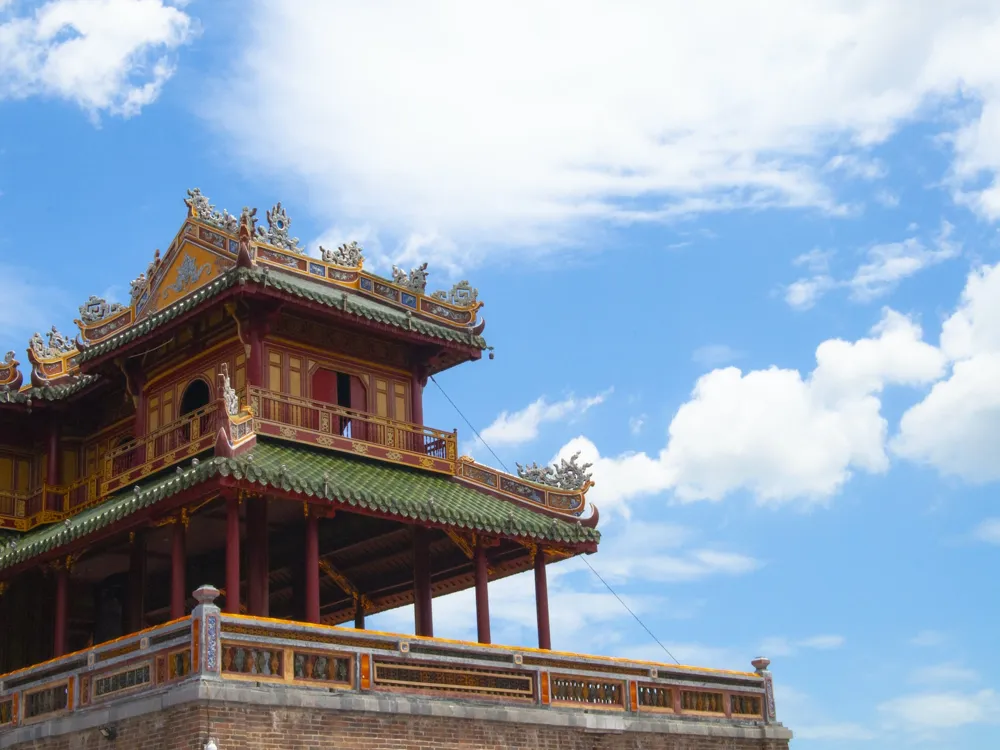
The Imperial City of Hue is a walled complex that once served as the state’s capital during the prosperous reign of the Nguyen Dynasty. Constructed in 1803 by then-Emperor Gia Long, the city currently has multiple royal courts, temples, gardens, and residential houses of ministers and mandarins of that time.
The entire layout of the city faces the Perfume River and is protected by fortifications accompanied by cannons and bastions. There is a ringed moat that also serves as a canal navigation system. The Imperial City became a UNESCO World Heritage Site in 1993. Four outer courts, 14 inner courts, one beautiful garden, royal residences, and a couple of pavilions are inside the Imperial City. There are also six temples, including The Mieu shrine, an ancestral temple of the Nguyen Dynasty. Ten majestic gates lead you to the Imperial City of Hue. The South Gate, also called the Meridian Gate, is the main entrance.
Read More
Lang Co Beach
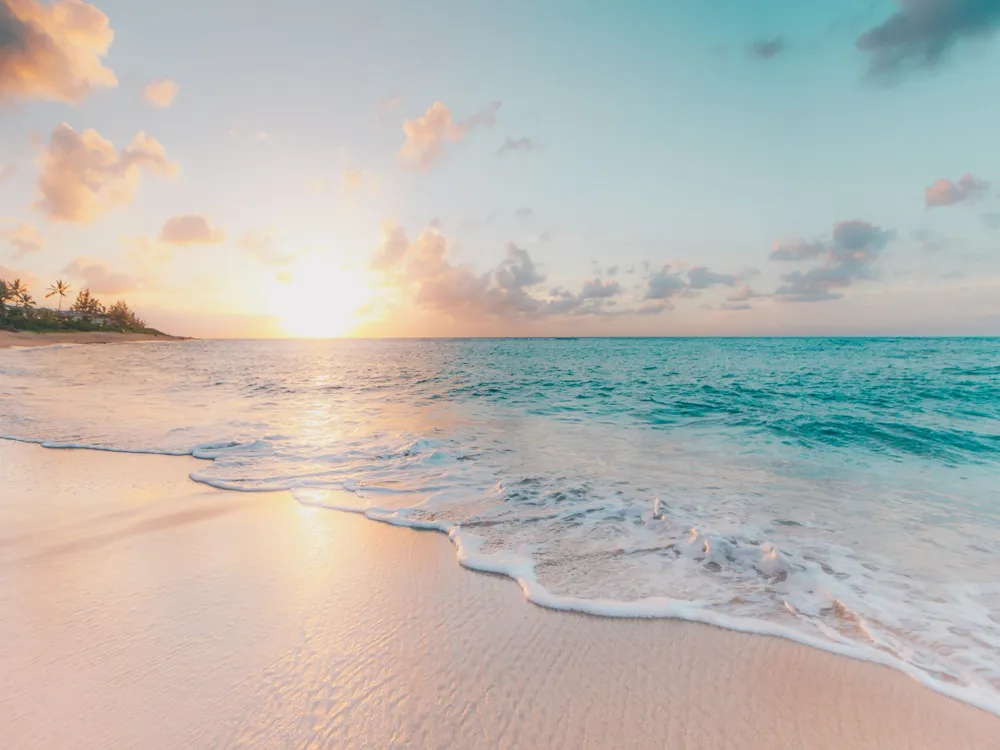
Lang Co beach is an inviting stretch of white sand located in the Thua Thien-Hue Province of the Central coast of Vietnam. The Hai Van Mountain forms a backdrop to the beach noted for its natural beauty and huge sand dunes. The palm lined sand makes it a comfortable haunt for day tourists who enjoy the spectacular locale and a host of activities here.
The 10 kilometer long beach is recognized as a property of the Lang Co commune. Situated between Lap An lagoon and the ocean front, the stunning Lang Co Beach appears to be more of an island than an ordinary beach. However, international tourists are yet to discover the beauty of this place leaving the pleasure to the local Vietnamese people who enjoy a respite from daily drudgery of life by taking a trip to the beach.
Read More
Thanh Toan Bridge
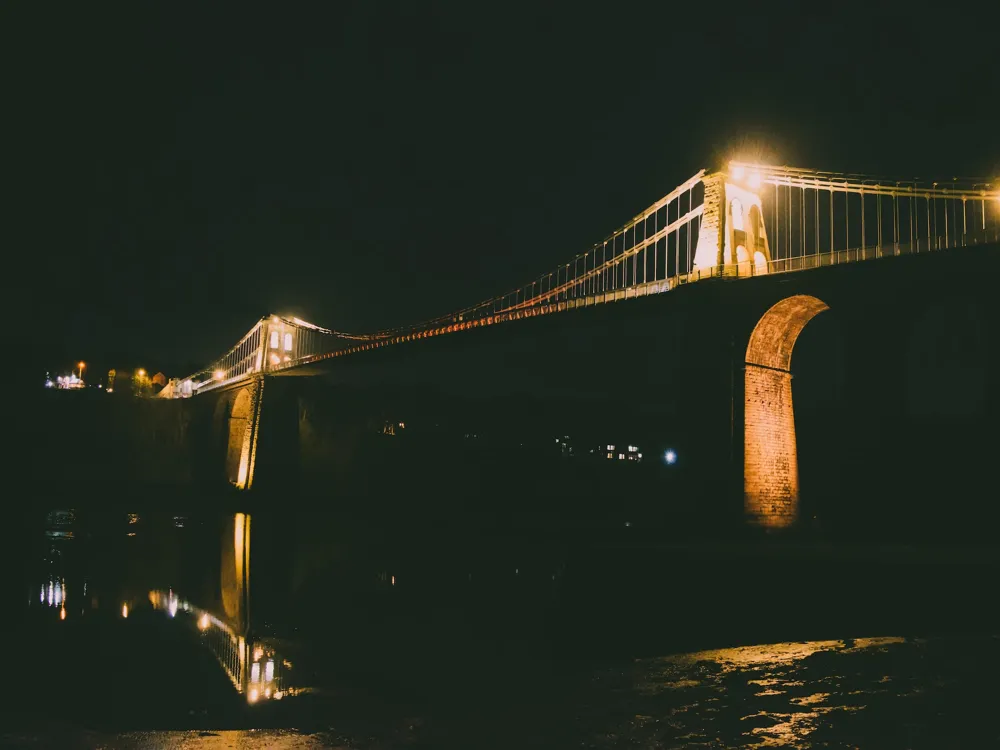
Acclaimed as one of Vietnam’s most valuable historical monuments, Thanh Toan Bridge is the country’s most ancient bridge. It was built in 1886 and richly decorated with Japanese and Chinese architecture, a rare squared timber arch speckled with ancient ceramics and a tiled roof. Close to Imperial City, the bridge flaunts a beautiful rural landscape and is lit with colourful Vietnamese lanterns during festivals.
The bridge leads to the open market on the other side, which is also worth visiting.
Read More
Thien Mu Pagoda
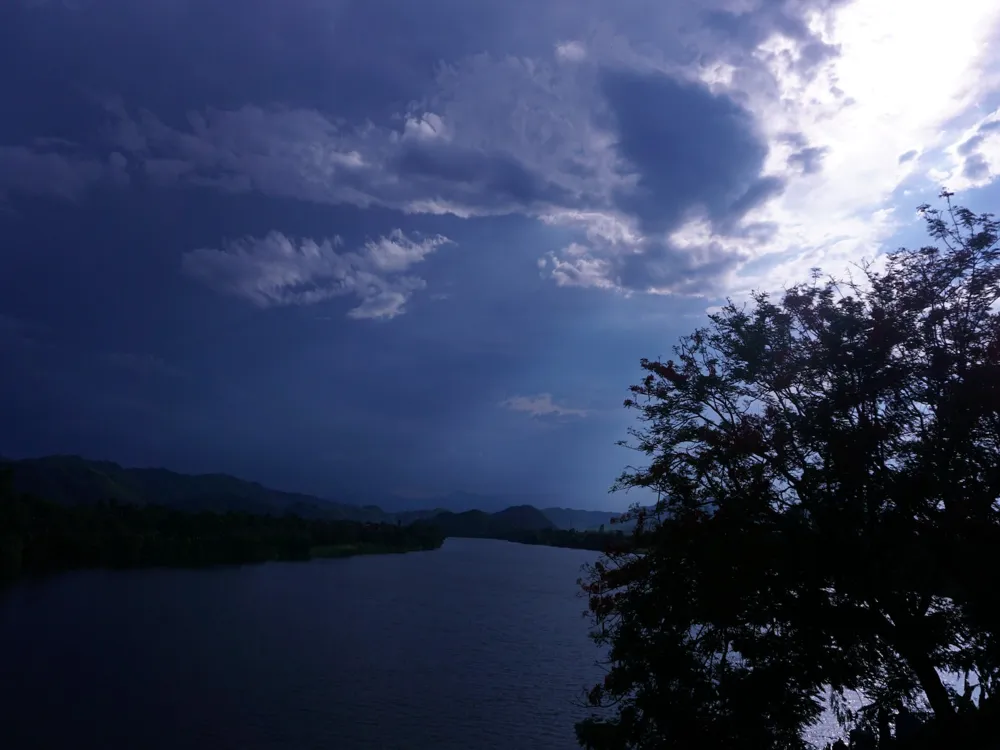
The Thien Mu Temple, sitting on Ha Khe Hill 5 km on the northern bank of River Perfume, is a landmark monument of Hue. Its iconic seven-tiered Phuoc Duyen pagoda is considered the unofficial emblem of the city. Earlier known as Tu Nhan Pagoda, it stands 21 m tall and was built by Nguyen Emperor Thien Tri erected it. Each of the seven floors of the pagoda is dedicated to a different Buddha.
Meaning ‘Temple of the Celestial Lady’ in Vietnamese, Thien Mu Pagoda is the subject of many local lore and folk songs. Thien Mu Pagoda complex houses the Austin motor vehicle in which Thich Quang Duc was driven to his self-immolation. He was a Vietnamese Mahayana Buddhist monk who burned himself to death on June 11, 1963, at a busy Saigon intersection. The picture of the incident became one of the most significant photographs of the past century. There is also a garden full of seasonal blooms and bonsai trees behind the main shrine. Once a significant organizing point for Buddhist movement protests, the site is flanked by ornamental plants and flowers today. A giant bronze bell pavilion lies to the tower’s west. Thien Mu Pagoda complex houses the Austin motor vehicle in which Thich Quang Duc was driven to his self-immolation. He was a Vietnamese Mahayana Buddhist monk who burned himself to death on June 11, 1963, at a busy Saigon intersection. The picture of the incident became one of the most significant photographs of the past century. There is also a garden full of seasonal blooms and bonsai trees behind the main shrine.
Read More
Alba Thanh Tan Hot Springs
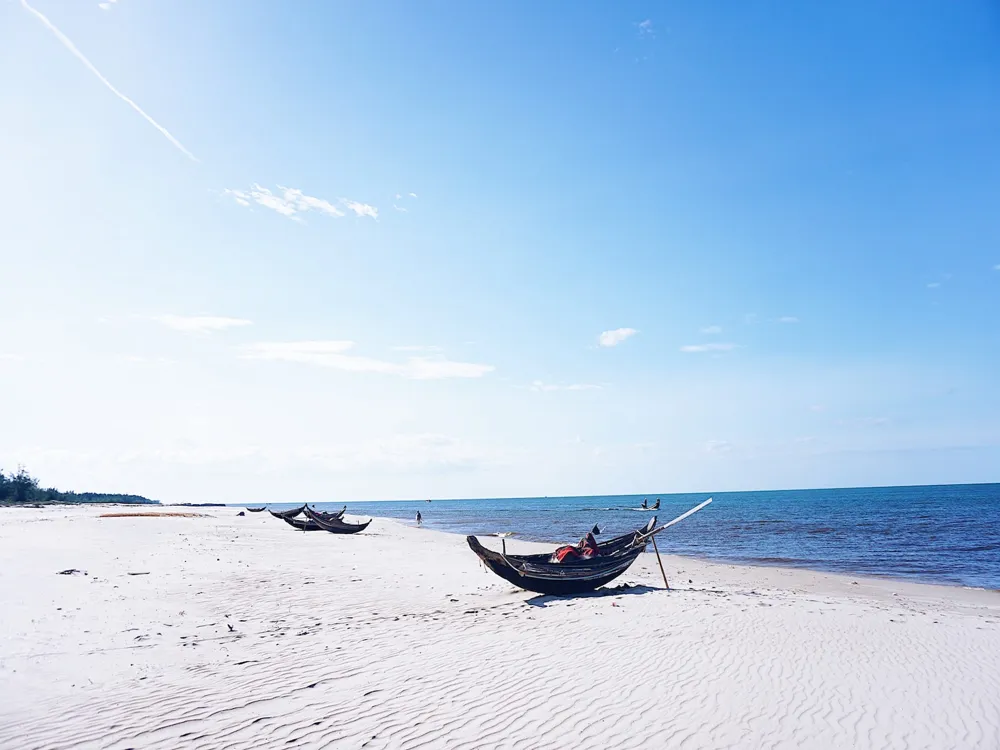
Nestled at the foot of the Truong Son Mountains, Alba Thanh Tan Hot Springs is a wellness, entertainment, and adventure hub. It includes a 3-star resort, multi-cuisine restaurants, gaming arcades, hot springs, spas, and saunas. In addition, there are several outdoor tubs gazing upon towering mountains, designated massage and spa treatment rooms, a water park with a lazy river, and dynamic outdoor activities like highwire and zipline.
If you want to stay overnight, there is also a resort area, with 67 rooms.
Read More
An Dinh Palace
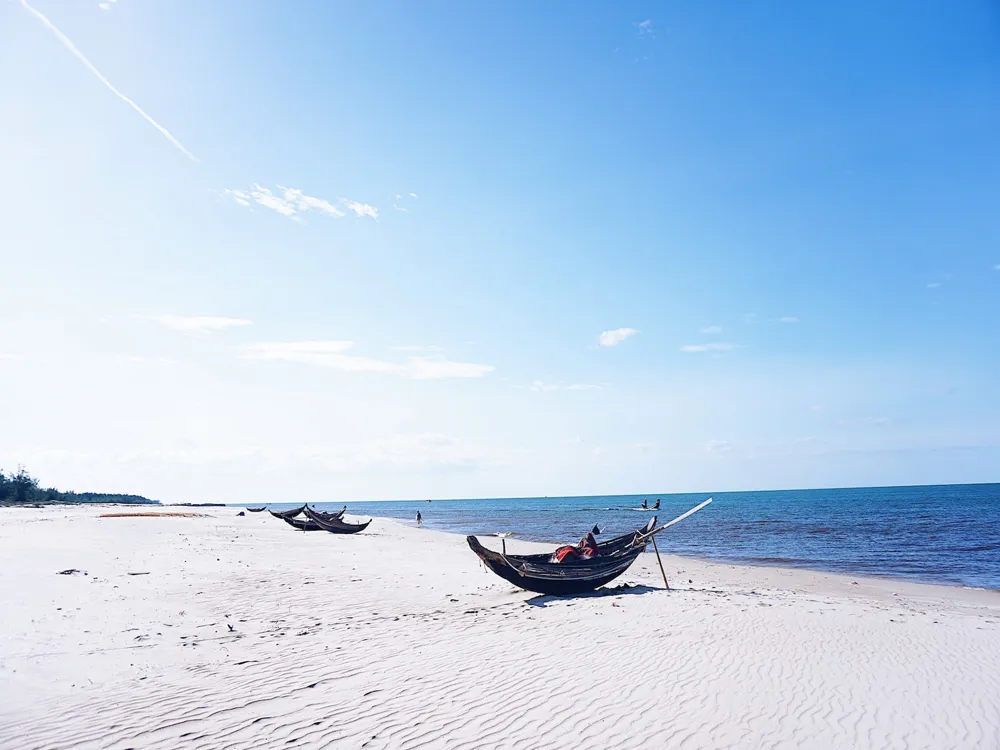
Sat on the banks of the An Cuu River, An Dinh Palace is the early 1900s French-style palace and residence of Vietnam's last kings. The heritage property has been converted into a museum with 20 restored period rooms and fine art on display. While the building flaunts Vietnamese and Gothic architecture, Western coquetry, Annamite art, and imperial-yellow Italian façades, its rooms are flanked by gilded masterpieces and ceramic decor.
Blind Massage in Hue

Offered at healing centres and spas by visually impaired employees with enhanced tactile ability, Thai blind massages are a great way to relax while supporting these therapists. For as little as VND 100,000 at Phan Boi Chau Street Blind Massage Centre, and Hong Mau Don on Le Loi Street, one can enjoy facial, body and foot massages and beauty treatments. In addition, most centres feature saunas, steam rooms and herbal therapies.
Cycle Around Hue City
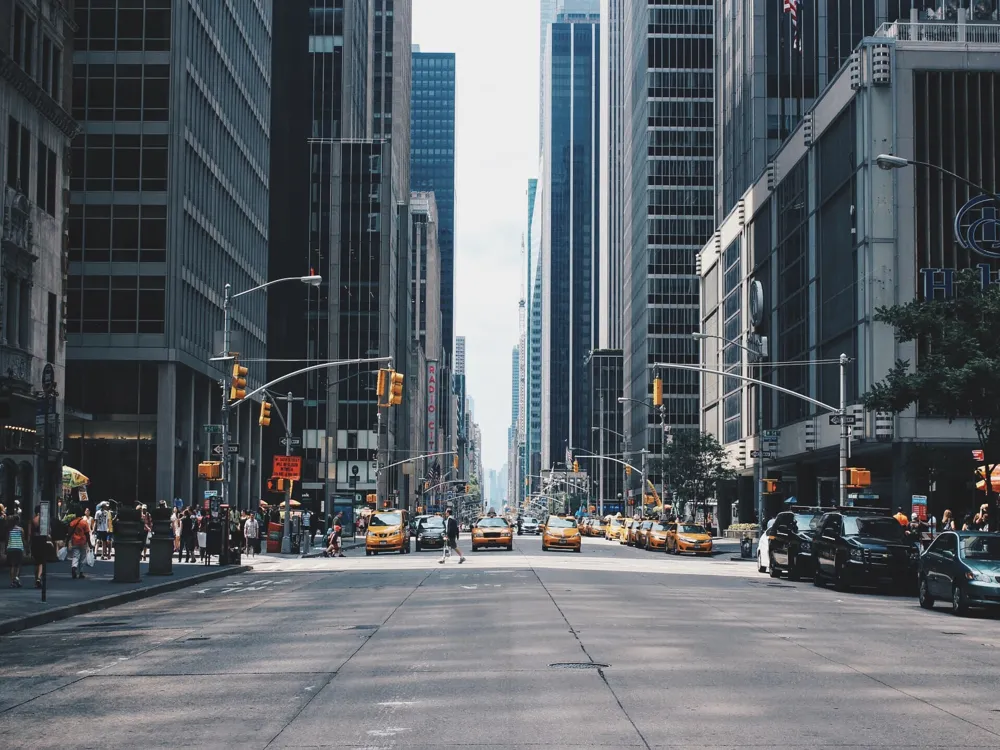
Hue boasts much less traffic and crowds than other parts of the country. It is a fantastic cycling destination with an ancient town of monuments, scenic banks of the Perfume River, lush countryside hills, beaches, and historical monuments like Hue’s many Buddhist temples and royal mausoleums. One can rent bicycles for guided tours or blaze their own trails through Hue.
Hue Travel Packages
View All Travel Packages Hue
Nearby Places Hue
Browse Package Collections
Browse Hotel Collections











